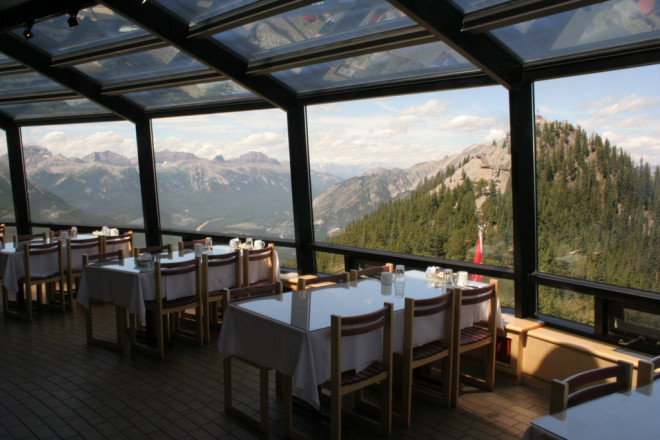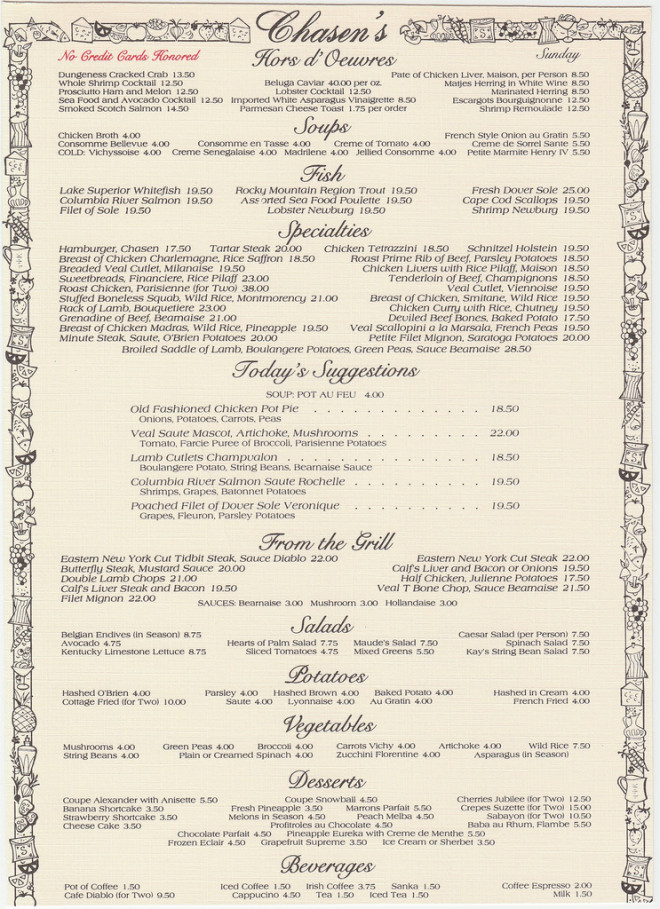How to Create and Organize Your Restaurant Business Plan

Highlight what is unique about your restaurant in your business plan – like a fantastic view.
People will always want to eat out… (tweet this)
Which means that there will be a large demand for new restaurants.
If you are passionate about food and people, opening up your own restaurant may be something that you are well-suited for.
However, despite your passion (which is a very important element for success), you need more than passion in order to succeed.
The restaurant industry is very competitive. No matter what type of establishment you wish to open, you are sure to be up against competition. In order to stand up against this competition and succeed, it is essential that you have a solid business plan. This plan will serve as the blueprints, so-to-speak, of your restaurant. It will allow you to paint a clear picture of what you wish to achieve with your restaurant and it acts as a reference point during its creation. It also serves as a selling point to any investors that you are trying to enlist to fund the opening of your establishment.
There are certain elements that need to be included in a successful business plan. If you have never created one before, you are probably wondering how you go about developing a successful plan. Doing so is actually quite simple, as long as you remember to adhere to some basic principles.
Develop a Description
The first step in creating a business plan for your restaurant is to create a description. The very first thing you should do in this step of the business plan development process is to think of a name for your restaurant. The name should be catchy, descriptive and it should relate to the type of establishment you wish to open. Once you’ve come up with a name, you can proceed to create a more detailed description of your restaurant, including the type of food you want to serve, the atmosphere you wish to create and the type of customers you hope to attract.
The more detailed your description is, the more you stand to grab the attention of and impress a potential investor.
Analyze the Market
Marketing is vital for any business, especially a restaurant. (tweet this)
In order to get an idea of how you will be able to attract your targeted demographic, it is important that you analyze the market. There are three separate parts of this step:
Industry – Determine what type of audience you are aiming to attract. Are you trying to appeal to a young business crowd? Is your targeted audience young families? Once you determine who your customer base is, you are going to want to come up with an explanation as to why they will be attracted to your restaurant instead of your competitors’ restaurants.
Competition – Figure out exactly who your competition is. Find out as much as you can about your competition and pinpoint what it is that makes them successful (their menu, the prices, their hours of operation, their ambiance, etc). Once you figure this out, you should explain how your restaurant will stand above the competition.
Marketing – This is the final stage of this step. How are you going to market your business? What methods are you going to use to draw in a crowd? Will you advertise on radio or in newspaper? Will you offer a free dessert? Perhaps discounts on certain appetizers and drinks?
Here are some articles to get you started with marketing:
- How to Use Old School Restaurant Marketing in 2013
- The Secret to Effective Restaurant Email Marketing
- Do The Little Things Right in Online Restaurant Marketing
- The Ultimate Guide to Marketing Your Restaurant on Yelp
- 5 Ways to Market a Small Restaurant on a Small Budget
Operations of Your Business
You need to let your investors know about your hours of operation, your employees and any benefits you plan to offer. You also need to let your investors know how you plan to benefit your customer base – Does your restaurant have a convenient location, or does it offer something unique or useful, like online ordering? You might also want to mention how you plan to get your supplies, including food, beverages and the like.

Include potential menu items in your plan.
Ownership and Management
Who is going to be in charge?
Who will be responsible for running and overseeing your restaurant? You should highlight not only the owners and managers, but you should also mention what other leadership roles you plan to use in your restaurant; the head chef lead bartender and the like.
The Cost
The final part of a restaurant business plan is highlighting the cost. What is the entire operation going to cost to not only open, but to get off the ground and remain operational until you begin making a profit? It is also wise to include your projected profits, as well as any losses you may think you are going to encounter.
Include all of these elements in your business plan and organize it so that they are easy to read and digest. Your potential investors will be able to easily see what your plan is and determine whether or not investing in your restaurant is a wise decision on their end.
Need help developing the business plan for your restaurant? Give us a call today and we will be more than happy to sit down with you to discuss your needs.
Images: Tony Hisget and Alan Light

Leave a Reply